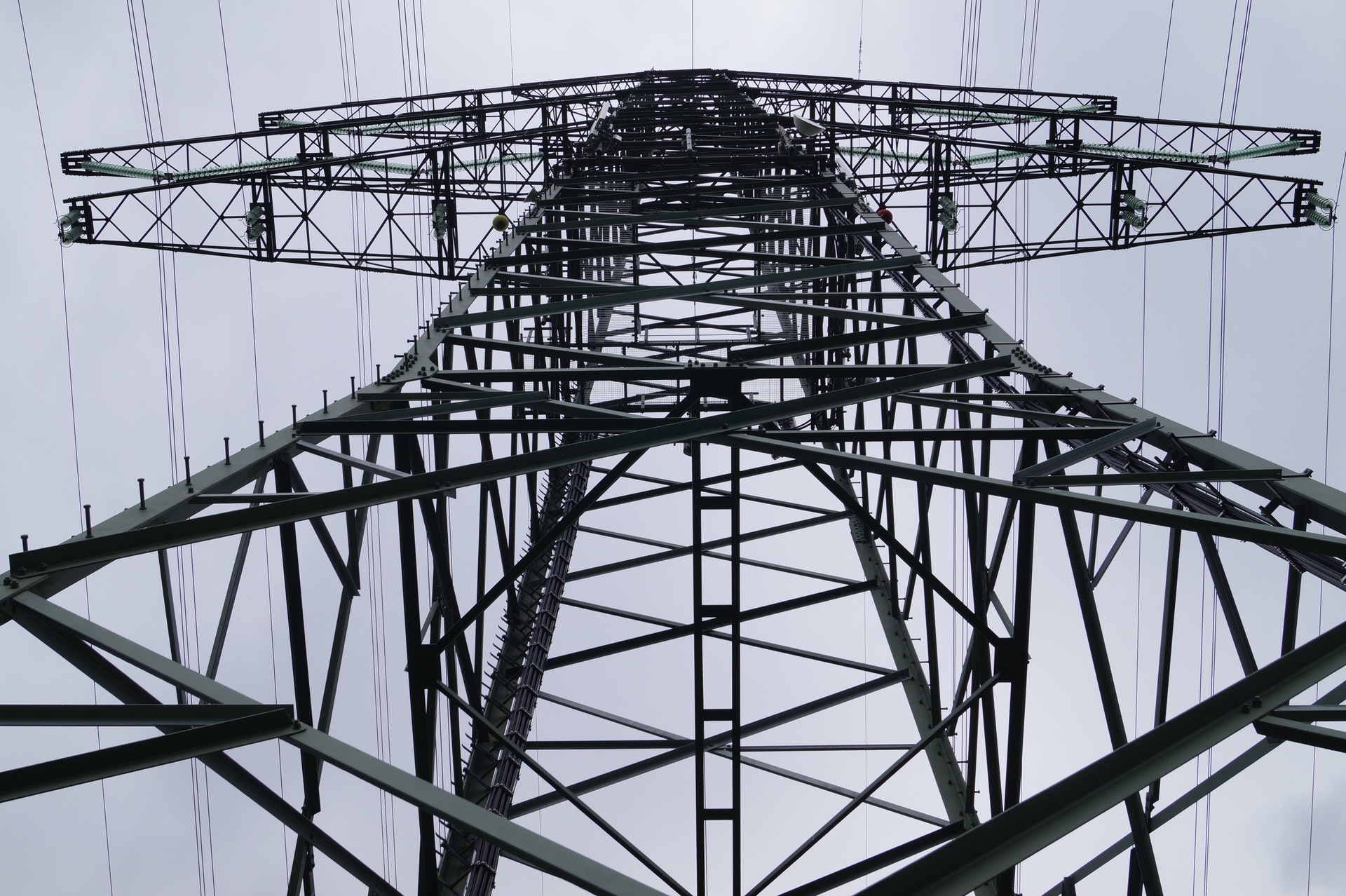Some things you can’t change – like the rate your electric company charges for power. But some things you can. Simple change, such as unplugging appliances or turning off lights when not in use, can lead to significant energy savings.
Below, we’ll cover some of the most common reasons why your electricity bill is so high, along with actionable tips for reducing your usage. Let’s dig in!
1. You habitually leave lights and appliances on
As you know, your lights and appliances all use energy, but you may not realize how much. As a kid, you probably found it irritating when your parents would hiss “turn the lights off when you leave a room!” but now that you’re the one paying the electricity bill, it’s easy to see where they were coming from.
Lights are a fairly obvious power suck, but you may not realize how much energy your appliances consume, even when you’re not using them. Leaving your toaster, coffee maker, microwave, printer, etc., perpetually plugged in may seem inconsequential, but they each add to your power consumption. Most of these appliances don’t have an off switch but rather just sit in standby mode, which still uses energy. Any appliance with a screen or clock is an obvious culprit, but even items without those features leech power when plugged in.
How to Reduce: Make a habit of switching lights off whenever you leave the room and practice unplugging any appliances you don’t use regularly. Sure, it’s handy to leave your printer plugged in, but if you only use it once or twice a month, it’s just slurping power the rest of the time.
2. Inefficient light bulbs
If your light fixtures are all sporting traditional incandescent bulbs, they’re consuming far more energy than necessary. There are all kinds of high-efficiency lightbulbs on the market today, and they can save you a surprising amount of money.
Look for halogen incandescents, compact fluorescent lamps (CFLs), and light-emitting diodes (LEDs) to save energy. These bulbs use anywhere from 25 to 80% less energy than traditional incandescent bulbs and last up to 25 times longer.
Be warned: energy-efficient bulbs have a higher price point than the traditional incandescents, but they are worth the investment, given that they last far longer and use far less energy.
How to Reduce: Begin replacing your old lightbulbs with new, energy-efficient ones. If you’re on a budget, start by replacing the bulbs in your most-used fixtures first and replace the bulbs throughout the rest of your home when you can.
3. Over-reliance on heating or A/C
It’s tempting to keep your A/C running all summer and your heat running all winter, but being cavalier with your thermostat is a sure way to drive your electricity bill to new heights. While it’s tempting to leave the heat or A/C on while you’re at work all day so you can come home to a comfortable house, it’s sure to cost you.
How to Reduce: Instead of cranking the heat when you’re cold, put a thicker sweater on or invest in a throw blanket. In the summer, use your A/C as minimally as possible. Can you get by with just a ceiling fan? Give it a try!
Consider investing in a programmable thermostat so you can set the system to limit the heat or A/C use when you’re at work and activate it just before you come home. That way you’ll always be comfortable, and you’ll save on electricity!
4. Poor insulation
A poorly insulated home isn’t as efficient when it comes to heating or cooling. Things like gaps around doors, windows that don’t close properly, single-pane windows, or lack of insulation in the walls, floor, or ceiling make it challenging to keep the climate in your home stable. This means your heating and cooling system has to work overtime just to maintain your ideal temperature, all the while driving up your electricity bill.
How to Reduce: If you have single-pane windows, invest in efficient window coverings. Thick curtains or blinds can go a long way in helping maintain the interior temperature. If window and door frames are the issue, look for ways to fill gaps with caulking or tighter framing. If your windows don’t close properly, mention them to your landlord. They might be willing to pay for a fix or replacement in the name of improving efficiency.
5. Inefficient appliances
It is said that household appliances like washers, dryers, and refrigerators likely account for up to 20% of your electricity bill. While the “if it ain’t broke, don’t fix it” mentality is generally a good way to save money, it could actually cost you when it comes to appliances.
How to Reduce: Consider replacing your older appliances with newer, more efficient ones. Even though it’s a big investment, the savings may be worth it. If your landlord owns the appliances, research the efficiency rates of a newer option and present your findings to them. They may be willing to replace them if you can make a compelling, data-based case for it.
6. Rate fluctuations throughout the day
Depending on your utility company, you may pay different rates for electricity at different times throughout the day. This is known as a time-of-use (TOU) pricing model. With this type of plan, you will pay more for energy used at peak times and less for that consumed during off-hours.
According to the Energy Information Administration (EIA), peak hours are typically between 7 am and 11 pm. That means you’ll pay more for the power you consume during the day. If you have a traditional work schedule, it’s likely tough to avoid using energy during these peak hours, but it’s worth trying!
How to Reduce: Study your electricity bill to determine what type of pricing model you are on. Then, if possible, adjust your electricity use, so the bulk of your use is outside of peak hours. You may be able to program appliances like washers, dryers, and dishwashers (all of which use significant amounts of energy) to begin their cycles outside of the peak hours.
7. Guests
House guests can cause surprising increases in your utility bills, especially if you find yourself being a frequent host or have guests who stay for a long time—having one or two extra people in your household results in a significant increase in your electricity use.
You’ll likely be running your dishwasher more frequently, your guests will bathe, requiring an increase in hot water, and they may even use your laundry facilities. On top of that, your guests will probably bring along power-hungry devices that they will plug in during their visit. And, if your visitors have access to their own thermostat controls, there’s no telling what they may do.
How to Reduce: It can be difficult to reduce the amount of electricity your guests consume while still being a conscientious host. A lot of it may be out of your control. However, you can limit your guests’ urge to crank the heat in their bedroom by providing plenty of cozy blankets for them. Or, if you’re hosting summer visitors, put a pedestal fan in the guest room to discourage the use of air conditioning. It will still use electricity, but less than your HVAC system.
8. Seasonal fluctuations
Unsurprisingly, your energy use will fluctuate as the seasons change. In the summer, longer daylight hours might mean you don’t turn your lights on until later in the day. But, depending on where you live, you may need to run your air conditioning to keep your home cool. At the same time, you may travel more during summer or spend more time out of the house and use your stove less, which reduces your energy use in other areas.
Similarly, the daylight hours are shorter in the winter, so you’ll turn your lights on more. If you live in a cold climate, you’ll require more heat. You may also spend more time at home, watching television, or baking seasonal goodies, which could lead to an overall increase in your electricity usage.
Extreme weather patterns, such as heatwaves or winter storms, also affect your energy use. Winter storms or summer heatwaves could cause you to rely on your HVAC system more than ever before.
How to reduce: Be aware of seasonal fluctuations in your lifestyle and energy usage habits, so you aren’t surprised when you get your electricity bill. Try to limit your reliance on heating and cooling whenever possible, and seek less costly alternatives for adjusting your temperature. Sweaters and blankets are affordable ways to stay warm, while a pedestal fan can be an effective and inexpensive way to cool down.
9. Rate increases
The price of electricity is determined by many different factors related to the expense of building, maintaining, and operating power plants and the systems used to distribute the power (also known as the “grid”). These costs fluctuate depending on fuel prices, weather, public service regulations, grid construction and maintenance requirements, and more.
All of these moving parts work together to influence electricity prices. As a result, electricity rates fluctuate month to month.
How to reduce: Unfortunately, there’s not much you can do on an individual level to directly control the overall price of electricity. However, you may have more influence than you think. From time to time, you may have the opportunity to vote on legislation related to energy and utility companies, which could change the way these services are regulated and billed.
10. Using appliances inefficiently
Do you ever run your dishwasher with just a few dishes inside or wash a very small load of laundry? Using your appliances before they are full isn’t very efficient. If you need to wash your work clothes in a pinch or you’re low on dishes, running a partial load may be unavoidable, but it’s best to avoid it whenever possible.
But running partial loads isn’t the only way we use our appliances inefficiently. Did you know that 90% of the energy used to clean clothes is spent heating water? Clothes dryers are also a huge energy suck, especially when they aren’t full.
How to reduce: Don’t wash dishes or clothes until the appliance is full. If you only have a few items to clean, it’s probably more efficient to wash them by hand. Reduce energy use further by washing clothes with cold water whenever possible.
While it’s not realistic to wash all of your clothes by hand, you may be able to swap using your dryer for hanging your clothes to dry. Purchase a drying rack and try to reduce your dryer use. As a bonus, hang drying is much gentler on your clothes than going in the dryer!
Final Thoughts
If you’ve recently received a pricey electrical bill, don’t despair. Study the bill carefully, so you understand what you’re paying for electricity and when it is mostly. Then, take inventory of your energy use habits and make adjustments.
The tips above will certainly help you get started. While you may be saddled with old, inefficient appliances, there are likely other areas where you can make adjustments. Reduce the number of small appliances you use, practice unplugging your electronic devices, and try to focus your energy consumption outside of peak hours whenever possible.
These tips are just the beginning. There are countless additional ways to improve the efficiency of your home, adjust your energy consumption, and thus lower your bill!


